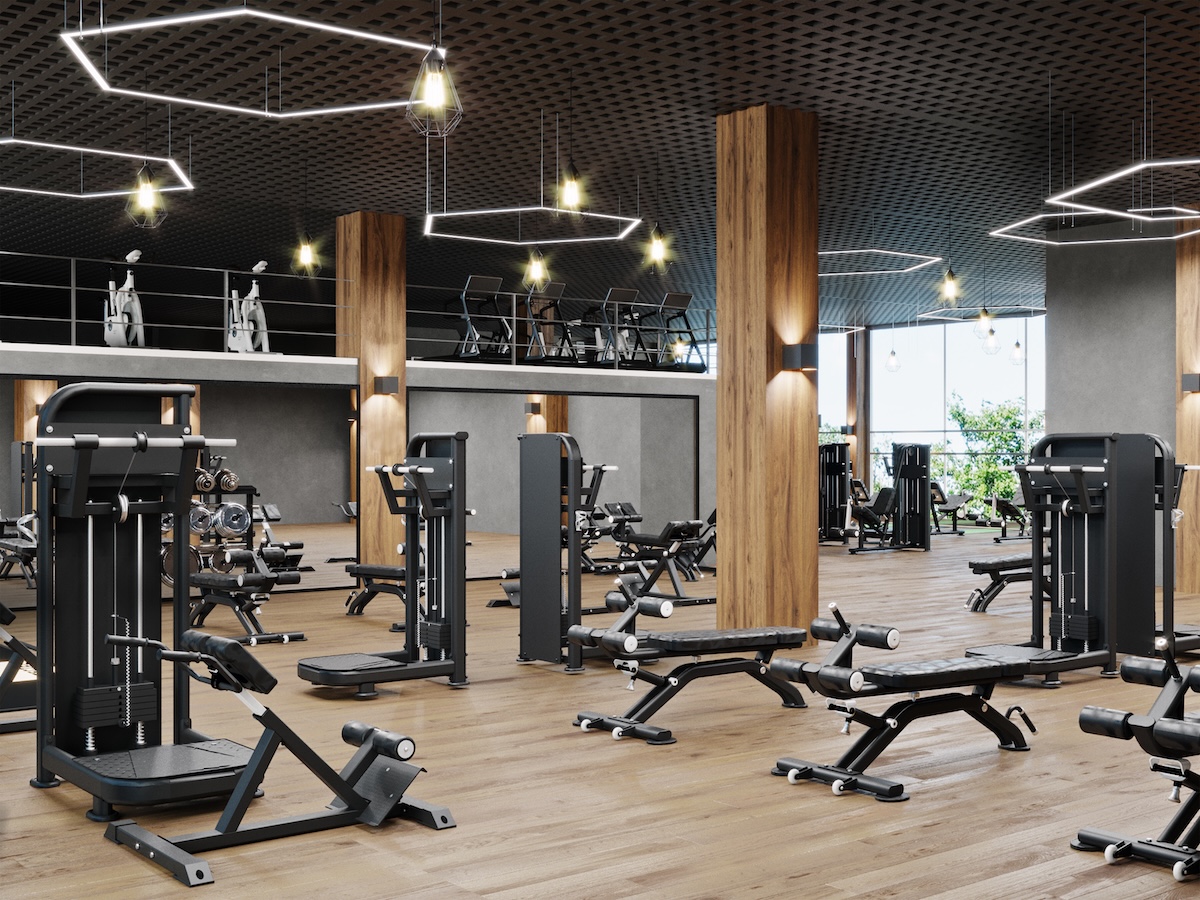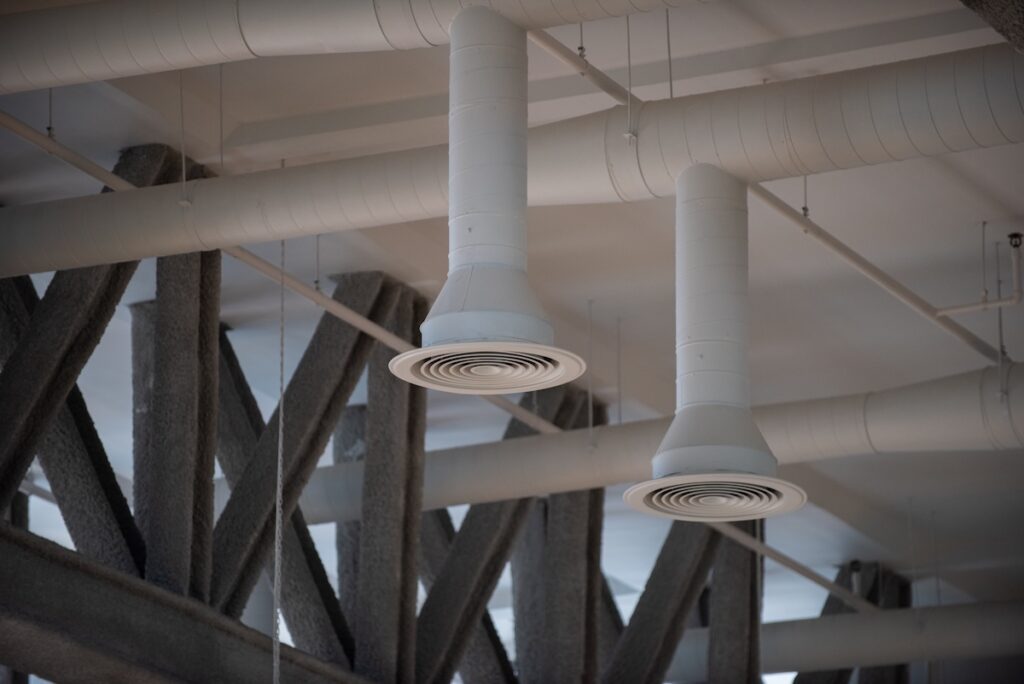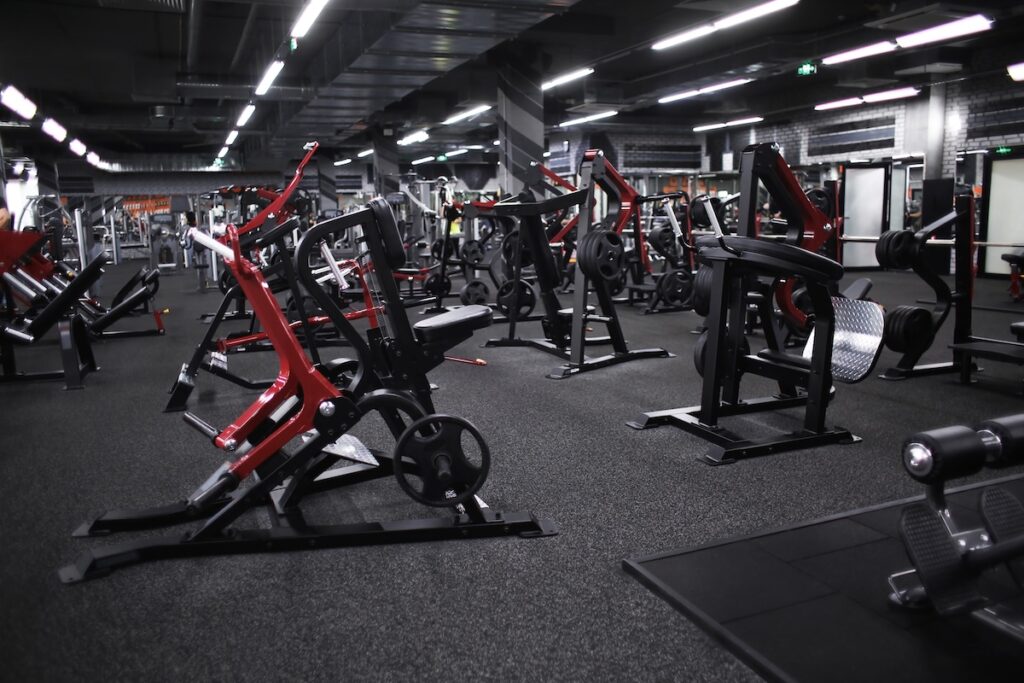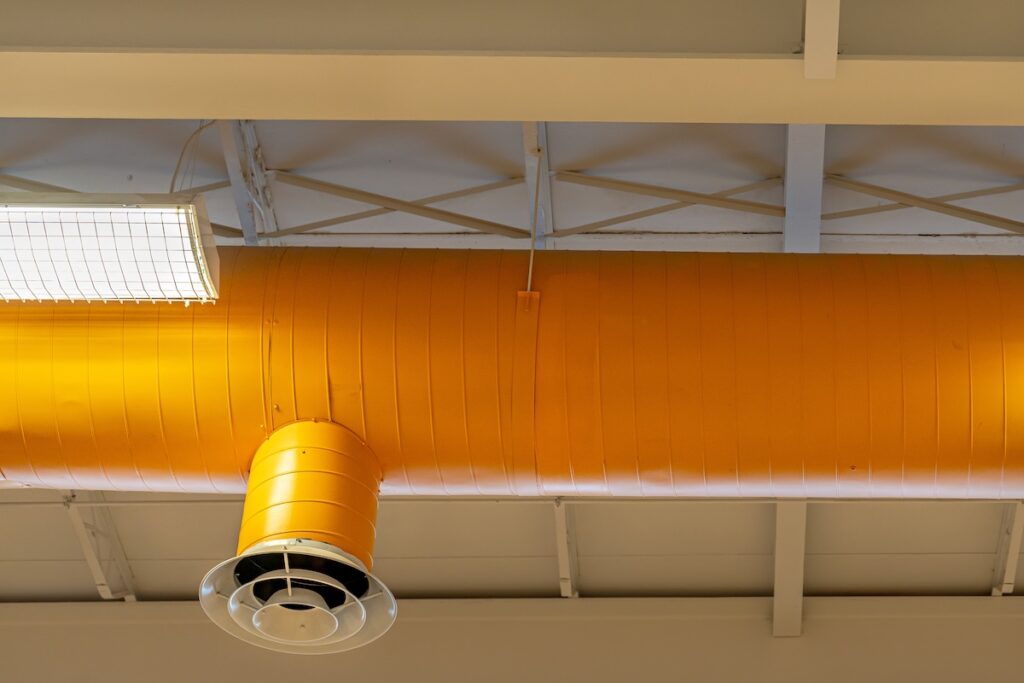


October 24, 2025
What Is the Best Ventilation System for a Gym? (HVAC Guide)
Few places demand fresh air more than a gym. Between heavy workouts, sweat, and high foot traffic, indoor air can become stale and uncomfortable fast. Without a well-designed gym ventilation system, gyms risk poor air quality, lingering odors, and unhappy members. The right system does more than move air around — it keeps humidity balanced, filters pollutants, and creates a healthier workout environment. With expert commercial HVAC services, fitness facilities can design systems that support comfort, health, and efficiency.
In this guide, you’ll learn:
- Why gyms need specialized ventilation systems
- The key steps in designing and installing gym ventilation
- Common questions gym owners have about airflow and air quality
- Cost, maintenance, and upgrade considerations for fitness facilities
- How to keep members comfortable and safe year-round
🏋️ Why Gym Ventilation Matters More Than You Think

Gyms aren’t like offices or homes. The high level of activity makes proper ventilation a core part of the facility’s success.
- Member Retention: No one wants to work out in a stuffy, smelly gym. Clean air keeps people coming back.
- Health Protection: Proper ventilation reduces airborne bacteria, viruses, and allergens.
- Moisture Control: High humidity from sweat and showers can damage equipment and encourage mold growth.
- Energy Efficiency: Smart ventilation balances air changes with energy savings, keeping bills manageable.
- Compliance: Many local codes require gyms to meet specific ventilation standards.
✅ 6 Steps to Building the Right Gym Ventilation System
Installing or upgrading a gym’s ventilation system is a structured process. Here’s how professionals typically approach it.
1. Assess the Facility’s Unique Needs
Every gym is different. A small boutique studio has different airflow needs than a large multi-level fitness center.
- Square footage and ceiling height affect air circulation.
- The number of members at peak times impacts system load.
- Extra areas like locker rooms, saunas, or pools require targeted solutions.
2. Calculate Air Changes Per Hour (ACH)
Gyms need more fresh air circulation than standard buildings. ACH determines how often the air is completely replaced.
- Fitness areas often require 6–8 ACH.
- Locker rooms may need even higher rates due to humidity and odor.
- Proper ACH ensures fresh, oxygen-rich air during peak workouts.
3. Choose the Right Ventilation Equipment
Based on the building assessment, technicians recommend equipment types.
- Energy Recovery Ventilators (ERVs) recycle energy from outgoing air while bringing in fresh air.
- Demand-controlled ventilation adjusts airflow based on occupancy sensors.
- High-capacity fans ensure consistent airflow in large open gyms.
4. Integrate Filtration Systems
Air filtration is critical in gyms where sweat and heavy breathing introduce more particles into the air.
- MERV 13+ filters capture fine particles like dust, bacteria, and allergens.
- UV light purification can target airborne pathogens.
- Filter placement in both return and supply ducts maximizes effectiveness.
5. Address Humidity and Temperature Control
A gym that feels damp or sticky is uncomfortable. Systems must balance humidity and temperature.
- Dehumidifiers remove excess moisture in humid climates.
- Proper insulation prevents condensation on ductwork.
- Smart thermostats keep temperatures steady without overworking the system.
6. Test and Balance the System
Once installed, the system must be tested to ensure airflow is balanced across workout zones, locker rooms, and offices.
- Airflow measurements confirm consistent performance.
- Adjustments prevent hot or stagnant spots.
- Owners receive training on monitoring and maintaining the system.
❓ FAQs About Gym Ventilation and Air Quality

Gym owners and managers often have the same questions when it comes to keeping air fresh and comfortable for members. Below are answers to some of the most common concerns about gym ventilation systems.
How much outdoor air should be brought into a gym?
ASHRAE recommends 20 cubic feet per minute (CFM) per person in gyms. This ensures enough oxygen and fresh air to offset carbon dioxide and odors.
Can ceiling fans replace proper ventilation?
No. Ceiling fans help circulate air but don’t replace it. Without fresh outdoor air, pollutants and humidity will build up.
Do gyms need different ventilation in weight rooms vs. cardio areas?
Yes. Cardio areas typically produce more CO₂ and moisture, requiring stronger ventilation. Weight rooms may need more targeted airflow to avoid stagnant pockets.
How often should filters be replaced in a gym system?
Most gyms should replace filters every 1–2 months, depending on use and occupancy.
What about locker rooms and showers?
These areas need higher ventilation rates and strong exhaust fans to handle humidity and odor.
💵 Cost and Design Factors for Gym Ventilation
The price of a gym ventilation system depends on multiple factors.
Facility Size and Layout
- Larger gyms with open layouts need higher-capacity systems.
- Multi-level facilities may require zoning for separate areas.
Occupancy Levels
- High-traffic gyms demand stronger systems than boutique studios.
- Peak usage periods often drive design choices.
Equipment and Features
- ERVs and UV purification systems raise upfront cost but lower long-term operating expenses.
- Demand-controlled systems save energy by adjusting automatically.
Local Climate
- Humid regions need robust dehumidification.
- Colder climates require heat recovery to balance fresh air with energy efficiency.
Estimated Costs
- Small studios: $10,000–$20,000
- Mid-size gyms: $30,000–$60,000
- Large fitness centers: $75,000+
🔧 Maintaining a Gym Ventilation System
Even the best system won’t stay efficient without care. Regular maintenance ensures clean, healthy air for members.
Routine Tasks for Gym Staff
- Check and replace filters frequently.
- Keep vents unblocked by equipment or furniture.
- Monitor humidity and temperature for signs of imbalance.
Professional Maintenance Needs
- Seasonal tune-ups before summer and winter.
- Air balancing checks to confirm proper airflow.
- Coil and duct cleaning to prevent dust buildup.
Signs It’s Time for Service
- Persistent odors despite cleaning.
- Condensation on windows, mirrors, or ductwork.
- Members complaining about stuffy air or uneven temperatures.
- Rising energy bills without changes in occupancy.
📊 Ventilation Options Compared

| System Type | Pros | Cons | Best For |
| Standard Ventilation + Exhaust | Affordable, simple | Limited filtration | Small studios |
| Energy Recovery Ventilator (ERV) | Saves energy, balances humidity | Higher upfront cost | Medium to large gyms |
| Demand-Controlled Ventilation | Adjusts automatically, efficient | Requires sensors & controls | Gyms with variable occupancy |
| UV Purification Add-On | Targets airborne pathogens | Added installation cost | High-traffic facilities |
👨🔧 Create a Healthier Gym Environment
A gym’s reputation depends on how it feels inside — and air quality plays a bigger role than most owners realize. The right gym ventilation system keeps members comfortable, reduces odors, and protects equipment, all while managing energy costs. With professional design and maintenance, your fitness facility can create a cleaner, healthier workout space that keeps members coming back.
If your gym is ready for an upgrade or you’d like a professional evaluation, contact us today to schedule a consultation and explore your options.


